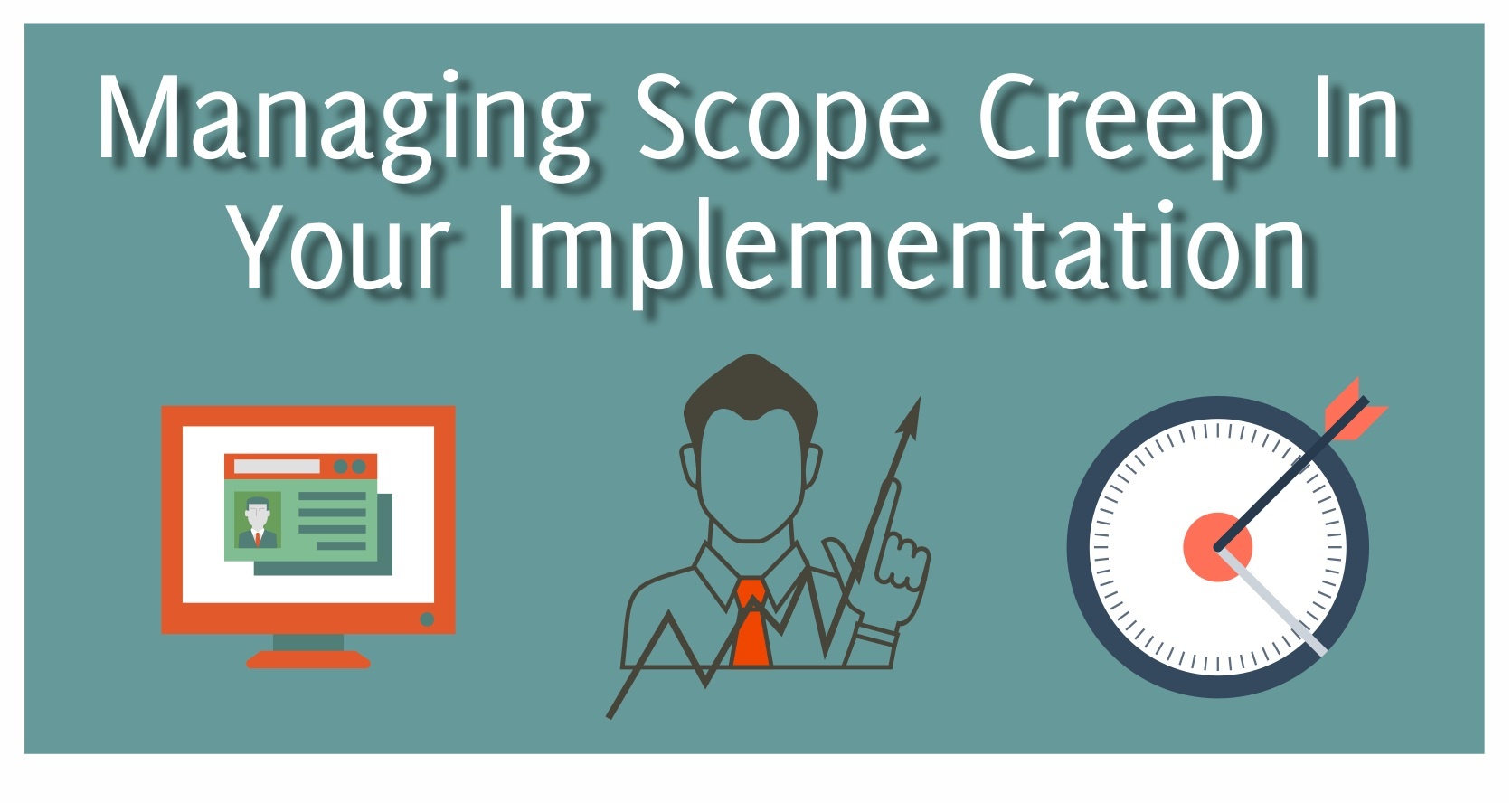What percentage of you despise scope creep?
At least half of you will answer yes to this question. Scope creep is a common occurrence. But it was obvious from the moment I posed the question to my professional friends that despised it. Normally, I ask it in the context of pricing. And most of them want to learn how to price more efficiently.
They were small business owners and freelancers, both searching for ways to increase their earnings.
Despite this, they’d all bought into the idea that scope creep was a negative thing.
What is scope creep, exactly?
Scope creep (also known as “requirement creep” or “function creep”) explains how a project’s specifications begin to develop over time, such as when a single deliverable becomes five; or when a product with three critical features becomes ten; or when the customer’s needs change halfway through a project, causing a reassessment of the project requirements. Scope creep is often triggered by changes in project specifications from key stakeholders, as well as internal miscommunication and disagreements. Keep in mind that change is unavoidable: customer expectations change with time, and creating a project that meets those needs also necessitates changing the scope. As a result, scope creep is a fact that any good project manager anticipates and prepares for.
Let’s take a look at scope creep from a different perspective.
I want you to stop preventing scope creep, and the only way I know how to do that is to change your mindset. So let’s take a step back and see things from a different perspective.
Let’s pretend we’re in a really good restaurant. I’m talking about the kind where you know you’ll spend more than $100 between the two of you. It’s one of those once-in-a-lifetime experiences. It’s not something that happens on a regular basis. And you’ve spent a lot of money to get the best experience possible.
Are you able to see it?
So the waiter approaches you and inquires about your order. Of course, you’re celebrating – however money is money, so you order your main dish instead of the salad.
But I order a salad, and each bite makes you wish you’d ordered one like mine.
So we summon the waiter and request a salad similar to the one I’m raving about.
“No,” says the waiter, smiling at you. Sorry for the inconvenience. “At first, you said you didn’t want it.”
Isn’t that crazy? Take a moment to consider it. You’re probably really disappointed after all you’ve been through to save money and get to this special moment.
Thankfully, no fair waiter can say that to you.
Consider the possibility that you requested something special with your steak. Anything rare, like a sauce or something.
“That will be a little extra,” they may say. But what are your options for retaliation? You probably say, “That’s great,” and prepare to enjoy the best meal you’ve ever had.
I know it’s not the same thing…
Now, before you run to the comments section to tell me how requesting an extra salad or steak sauce has nothing to do with expanding the scope of a web development project, let me save you the trouble.
They aren’t the same, as far as I can tell. They do, however, highlight the problem I’m trying to bring to your attention. And the stark example makes it easier for you to understand what I’m trying to say.
The reason a waiter can’t say like this “you can’t. You said no earlier” since they’re in the service industry. Does this ring a bell?
When you and I assist people with their websites, we are in the service sector too.
Furthermore, such restaurants are uncommonly frequented. What’s more, guess what? As infrequently as that, people pay others to create their website. And yes, they do save – a lot more than you would expect – for this one chance to get a “professional” website built.
Only for us to condemn them or sigh an unspoken “No, Sorry for the inconvenience. You initially claimed that you didn’t want it.”
Scope creep is an advantage for three reasons.
When you see scope creep as a way for a customer to communicate new needs and expectations and remember that you’re in the service industry, you should see it as a plea for more work. And if you’ve handled the dynamic well enough, early enough, more work doesn’t have to be free.
To begin with, scope creep entails more work, which entails more money.
Even if you don’t order anything, you can see how much it costs in a restaurant (even a fancy one). Then, when you ask for items from the menu later, you expect to be paid. When I write ideas, I don’t just make a list of what’s included. I often make a list of what isn’t specifically included (along with prices) in case they want to incorporate it later (now or later). It’s an easy way to manage expectations.
Second, scope creep will assist in the creation of partnerships.
Customers will still be customers. They make requests and place orders, and then they pay for them. That is what attracts them as clients. Partners, on the other hand, have a longer-term outlook and work together on projects. You’re a seller and they’re a customer when you cut people off and limit what you can offer.
You get closer to them as you learn to accept their changing desires, understandings, and demands. And, when you engage in learning more about their life (rather than just your own and what you have to do), you will turn the relationship into a partnership.
And partners keep returning for more, suggesting that more capital will follow in the end.
Third, you’ll seem less jerky than if you’re constantly avoiding scope creep.
I’m not sure if you’ve ever been in a situation where you order something (like paying for movers) and they tell you it’s not included every time you inquire about it. Yeah, it’s so distracting. After all, you’re spending a lot of money to relocate. The blankets should either be included or paid to me at some point. But telling me over and over that it’s not included and that I should go buy them myself, along with tape, bubble wrap, and other supplies, just irritates me.
My point is that trying to avoid scope creep will make you look like a jerk. And I’m sure some people will argue that if you present change orders for anything, you’ll come off as a jerk. Which is right to a tee. But that’s only because the timing seems to be off.
Years ago, we were having a pool for our (then) new home, and they showed up with a full quote, as well as a list of all the extras I may like, all with costs.
“Don’t worry, you don’t have to make every decision right away,” they said. “You can select these tiles later, and if the price is higher than the initial quote, we can simply charge you the difference.”
They had been training me for months before I made the decision. As a result, I was anchored to that possible reality. And I didn’t get irritated later on.
Don’t be concerned about scope creep.
Allow your clients to change their minds. Scope creep is a common phenomenon that can be helpful.
Stop putting obstacles in the way of change orders. Finally, if you’ve handled expectations correctly, you’ll make more money and have a stronger relationship with your clients.
Enable scope creep.
And please email me if you’re working with a digital agency that doesn’t “get” it. I’m happy to be your consultant and Digital Project Manager to work with you and your choice of agency.




